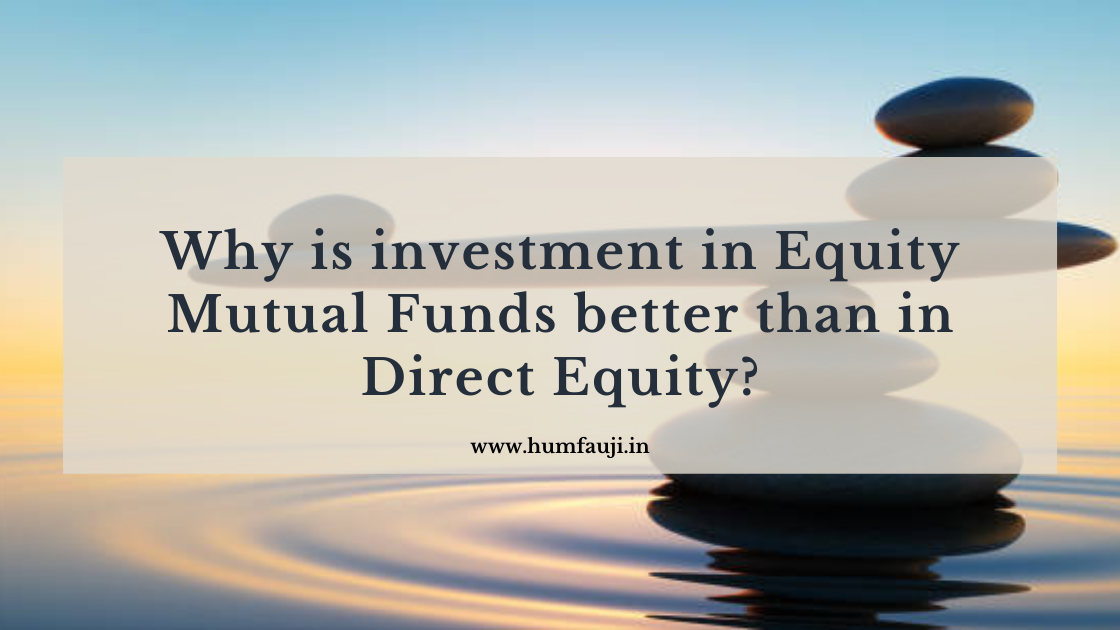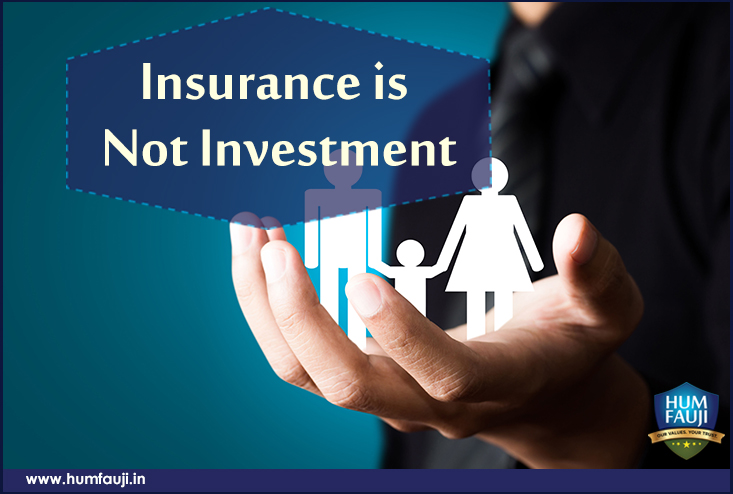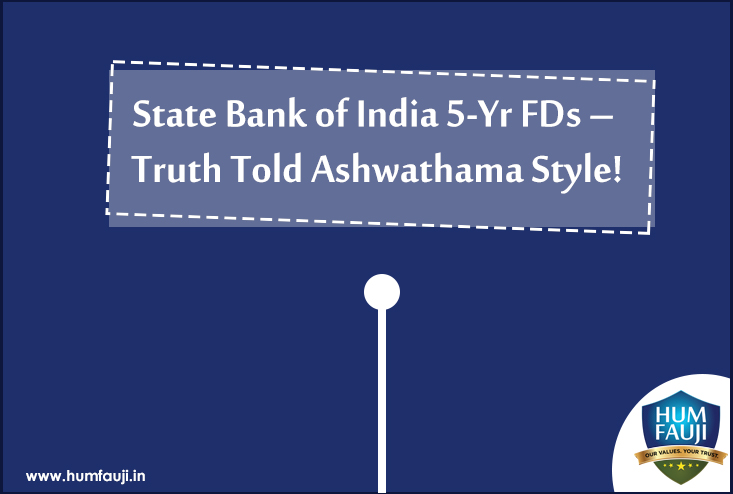The Financial Year 2020-21 is just about to end in a few days. This year has been quite different for all of us.
In terms of financial planning and investments, the government had allowed us to invest for the previous financial year (2019-20) for several months into this financial year. Hence, it is a good time to remind that the extension given for FY2019-20 was a one-off event, and might not be repeated again.
It is crucial to remember that March 2020 was a wash-out in terms of financial activity due to the panic that set in due to the Covid-19 pandemic.
Tax Saving Provisions
So today we are here to just remind you about the tax-saving investments you need to make for the current financial year. This is mainly for those individuals who have chosen to remain under the old income tax regime. Accordingly, they have the window of investing up to Rs 1.5 lakhs under Section 80C of the Income Tax Act and up to Rs 1 lakh spending under Section 80D (medical insurance) of the tax laws.
What is Section 80C? This section gives you tax benefit for total investments up to Rs 1.5 Lakhs made in PF (EPF, PPF, DSOPF), Tax Saving Mutual Fund Schemes (ELSS), Insurance policies including AGIF/NGIS/AFGIS, tuition fee for your children, principal part of home loan payment, SCSS, NSC etc.
Not been able to do it or only done it partially? Let us see what should you do now?
We will first try to answer what not to choose.
Where not to invest?
In their hurry to make these investments in the last few days of the financial year, many people approach friends or relatives to figure out a solution to save some tax. Unfortunately, this hurry leads them towards poor products like buying insurance policies as a tax-saving-cum-investment avenue.
Subsequently, they realise that the investment is not in line with their requirements or they find themselves unable to pay the same high premium in the subsequent years for various reasons. This results in a significant loss, because only a small part of the amount paid in the first year gets recovered in most of the policies. Please make sure you do not buy an investment linked insurance policy at this stage at all.
Similarly, you could be told by someone to invest Rs 1 lakh in health insurance for yourself and your senior citizen parents to save tax of Rs 30,000. While this is better than the unsuitable life insurance policies highlighted above, be careful here too. Buying health insurance in a hurry is not a wise decision. Many factors need to be evaluated to get good health insurance. We won’t say don’t go for this, but instead, consult a financial advisor who will guide you on whether you need it at all and if yes, what is good for you.
Where to invest?
Now that you know the blacklist (for now), you can explore the remaining options depending on their suitability for you for now and for future.
The most preferred option at this stage could be an equity linked savings scheme (ELSS) which is the official name of tax-saving mutual funds. This is preferred because you will be investing in the equity markets with a 3-year lock-in period.
There is no compulsion of investing the same amount next year, so you are not stuck with what you choose this time. After 3 years, if you find it a good one to continue, it is your wish.
The ELSS not only gives you a tax benefit at the time of investing but also when you withdraw your amount after 3 years or later, the taxation of these schemes is very benign and user-friendly. Also, you get a chance for stock market related returns for as long as you want.
If you find this a good proposal, you can even start a SIP (Systematic Investment Plan) in it for Rs 12,500 per month from April 2021 onwards (totalling 12,500 X 12 = Rs 1.5 Lakh per year) so that the yearly hassles of rushing at the last minute are gone forever. However, one word of caution – please do a due diligence while selecting the right scheme. If you feel you are not adept at it, do not hesitate to take the help of a financial advisor.
The last and the safest option is probably going for investing the required amount in PPF. If you already have a PPF account, this is a better option. You do not need any major supervision to make this investment. Moreover, the returns are as guaranteed by the government. The only catch here is the lock-in period of 15 years in PPF. Hence, we said it is ideal for someone already having a PPF account. If you don’t already have a PPF account and typically are less than 55 years of age, you might want to consider having one. If arriving at that decision is taking time, choosing a good ELSS scheme might be the best choice left for you, which can be seamlessly executed now before the financial year ends.













Leave a Reply